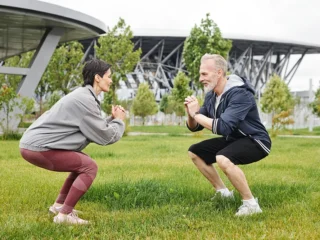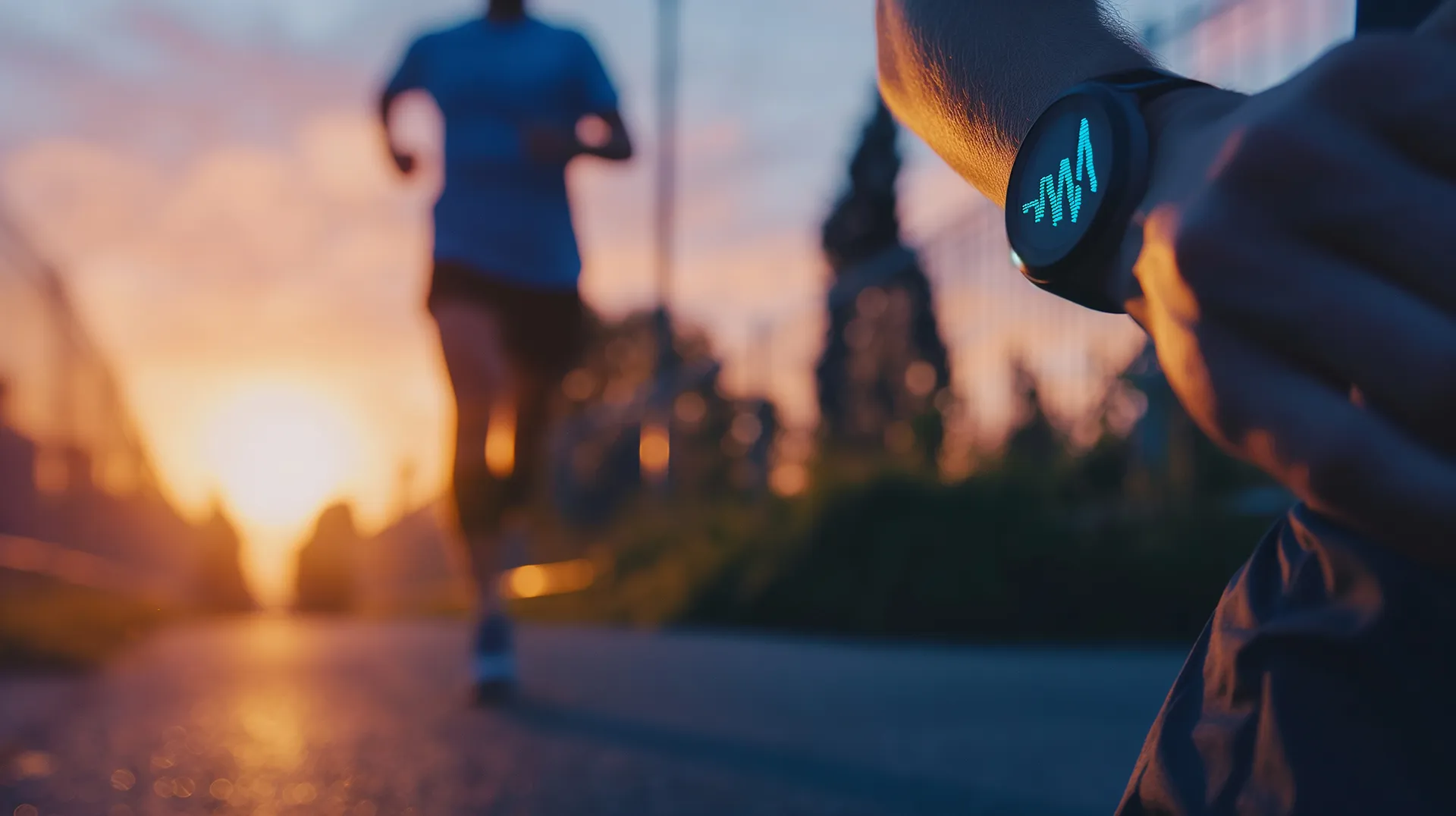You don’t have a stretching problem. You have a movement problem.
That hamstring stretch you hold for 10 seconds? It’s not fixing your back pain. That downward dog you hit once a week? It’s not unlocking your hips. The truth is, most people are wasting their time with passive stretching routines that deliver minimal results and leave them just as stiff and achy as before.
Here’s the reality check nobody wants to hear: flexibility without control is completely useless. You can touch your toes all day long, but if you can’t control that range of motion under load, you’re setting yourself up for injury and dysfunction. Real mobility isn’t about how far you can reach or how deep you can fold. It’s about owning every inch of movement your body is capable of producing.
The Problem with Traditional Stretching
Traditional stretching has been sold to us as the cure-all for tight muscles, poor posture, and movement restrictions. We’ve been told to hold static stretches for 30 seconds, breathe deeply, and somehow our bodies will magically transform into pain-free, flexible machines. This approach is fundamentally flawed for several reasons.
First, passive stretching only addresses one component of mobility: passive range of motion. When you’re lying on your back pulling your knee to your chest, you’re not teaching your muscles how to actively control that position. You’re simply allowing gravity and external force to move your joint through space. The moment you stand up and try to use that range of motion functionally, your nervous system shuts it down because it doesn’t recognize the position as safe or controllable.
Second, static stretching doesn’t address the root cause of most movement restrictions. Tightness is often a symptom, not the problem itself. Your hamstrings might feel tight because your glutes aren’t firing properly, forcing your hamstrings to work overtime to stabilize your pelvis. Your shoulders might feel restricted because your thoracic spine is locked up from hours of desk work. Stretching the tight area without addressing the underlying dysfunction is like putting a band-aid on a broken bone.
Third, passive stretching doesn’t prepare your body for real-world movement demands. Life doesn’t happen in static positions. You need to be able to move through ranges of motion while carrying groceries, playing with your kids, or getting up from the floor. Static stretching creates a false sense of mobility that doesn’t translate to functional movement patterns.
What Real Mobility Training Looks Like
True mobility training is about developing strength through a full range of motion. It’s about teaching your nervous system to trust and control every degree of movement your joints are capable of producing. This approach doesn’t just make you more flexible—it makes you more resilient, more powerful, and significantly less prone to injury.
Mobility equals strength through a full range of motion. That’s what keeps your joints safe, your muscles activated, and your body pain-free. When you can actively control a position, your nervous system recognizes it as safe and allows you to access it when you need it most.
Real mobility work should leave you sweating. It should challenge your strength, coordination, and mental focus. You’re not just limbering up—you’re building what we call “joint armor.” This is the kind of bulletproof mobility that keeps you moving pain-free well into your golden years.
The Savage Approach to Mobility Training
Here’s how to completely revolutionize your approach to mobility and start seeing real results. These methods focus on active control, loaded positions, and functional movement patterns that actually translate to better performance and pain-free living.
Controlled Articular Rotations should become your daily ritual. CARS are slow, controlled movements that take each joint through its full range of motion while maintaining tension throughout the entire body. Unlike passive stretching, CARS require active muscular control and teach your nervous system to own every degree of available motion. Start with your neck and work your way down to your ankles, spending 30-60 seconds on each joint. The key is maintaining tension and control throughout the entire range of motion, not just flopping around loosely.
Loaded stretching is where the magic happens. Instead of passively stretching your hamstrings, try Jefferson curls with light weight. Instead of static hip flexor stretches, perform deep split squats with a dumbbell. Loading your stretches forces your muscles to work while lengthened, creating both flexibility and strength simultaneously. This approach teaches your body that these extended positions are not only safe but functional and strong.
Banded joint distractions target the areas that need it most. Use resistance bands to create space in your hips, shoulders, and ankles while moving through various patterns. The band provides a distraction force that helps decompress the joint while you actively move through your available range. This combination of decompression and active movement is incredibly effective for improving both joint health and functional mobility.
Deep squat holds will transform your entire lower body. Don’t just hit parallel and call it good. Own the bottom position of your squat. Sit there, breathe there, and explore different foot positions and angles. This isn’t about suffering through an uncomfortable position—it’s about teaching your body that the deep squat is a natural, restful position that humans should be able to access throughout their lives.
Eccentric control builds joint integrity like nothing else. Slow down your descents in every movement pattern. Take three to five seconds to lower yourself into a squat, lunge, or push-up. This eccentric emphasis builds tremendous strength in lengthened positions and teaches your nervous system to control movement through the entire range of motion. The strength you build during the lowering phase directly translates to better mobility and injury prevention.
Why This Approach Actually Works
The reason this savage approach to mobility training works so well is that it addresses mobility from a neurological perspective, not just a mechanical one. Your nervous system is the ultimate gatekeeper of your range of motion. It will only allow you to access positions that it perceives as safe and controllable.
When you demonstrate strength and control in a lengthened position, you’re essentially proving to your nervous system that this range of motion is safe and functional. Over time, your nervous system begins to trust these positions and allows you greater access to them during daily activities and athletic performance.
This approach also addresses the strength-flexibility relationship that traditional stretching completely ignores. Muscles that are strong through their full range of motion are naturally more flexible than muscles that are only strong in shortened positions. By training strength and mobility simultaneously, you’re creating a more balanced, resilient system that can handle whatever life throws at you.
The Long-Term Payoff
The real test of any mobility system isn’t how you feel immediately after a session—it’s how you move and feel years down the road. Traditional stretching might provide temporary relief, but it doesn’t create lasting change in your movement patterns or pain levels.
Training mobility like a savage builds the kind of bulletproof movement quality that compounds over time. Every day you spend developing active control through full ranges of motion is an investment in your future self. The 70-year-old version of you will thank you for building joint armor instead of just chasing temporary flexibility.
This isn’t about becoming a contortionist or achieving extreme ranges of motion for the sake of it. It’s about maintaining and improving the movement quality you need to live a full, active life without pain or limitation. It’s about being able to get up from the floor without assistance, reach overhead without shoulder impingement, and move through your day with confidence and control.




